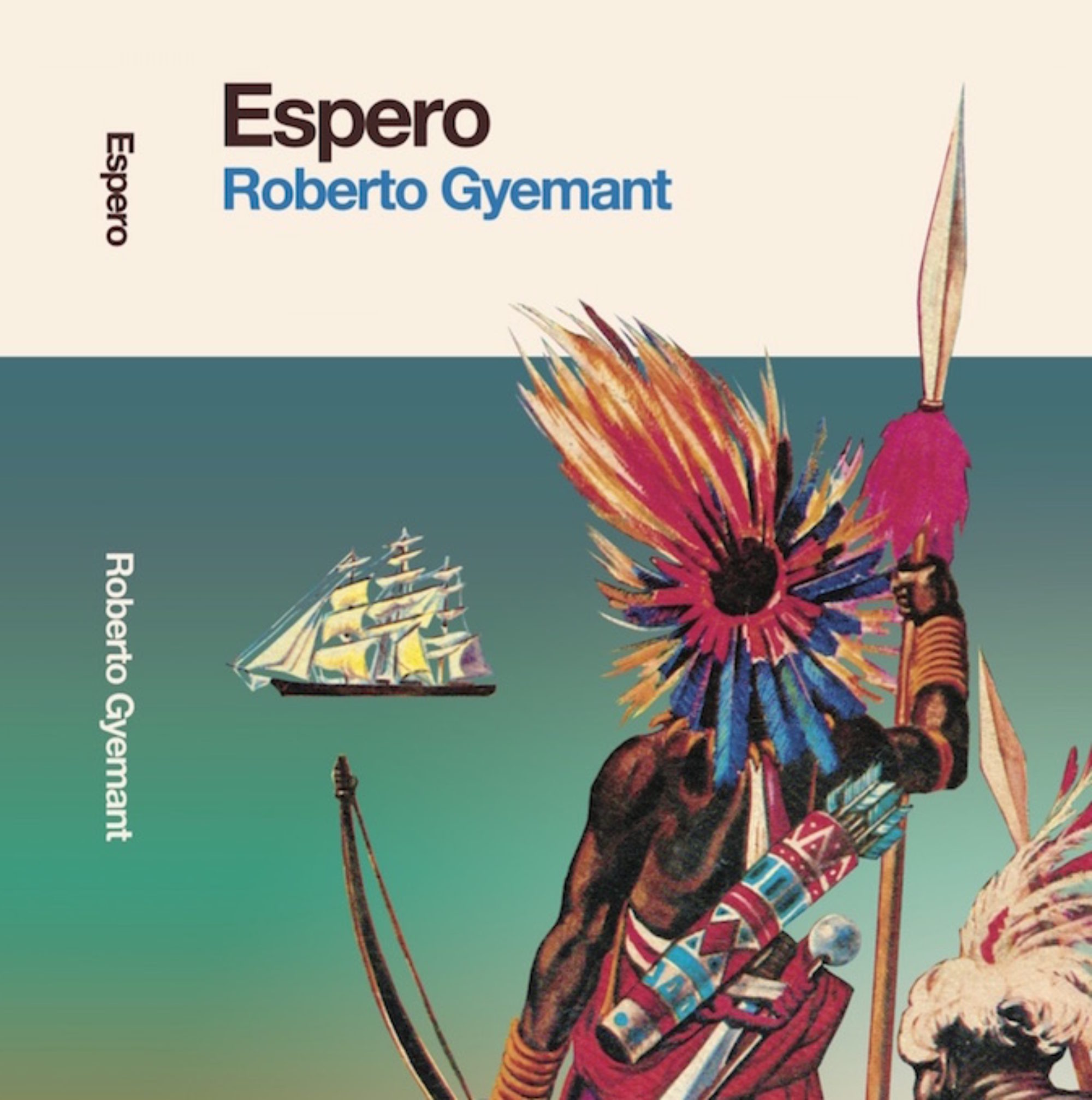This is a post I have been wanting to write for the longest time. I found the Cofradía Tamayo single “Rio Chucunaque”/ “Tu Cariño” over 15 years ago, and have been trying to find out about the band ever since. No one seemed to be able to tell me much – “they used to practice in this park, they gave shows in the street” was about all I ever learned.

Over the years I found or traded for the other three 45s I am aware of, all on Tamayo:
“Lolita”/”Contento Estoy”
“Ritmo Cofradia”/”Si Me Quereis”
“Las Panameñas”/”Palida Mañana”
And though the “Las Panameñas” single is sought after as an example of the loose and hot Panamanian Salsa of the 1970s, none moves me like “Tu Cariño.”
Cofradía was founded by Luis “Wicho” Phillips and two friends from the barrio of Betania in Panama City in the early ‘70s. Before Cofradía, Wicho and his friends played rock covers at the infamous Golden Key nightclub, favored by US servicemen as it sat across the street from the Canal Zone in Panama city. The Golden Key scene, where bands like the Latin Monsters and Los Kiwis played regularly, will be detailed in forthcoming singles on the Discodelica (MX) label in the near future. From all descriptions, The Golden Key was nothing less than a nightly rock bacchanal.
Ariel Rawlings, who composed and sang lead on “Tu Cariño,” is from the barrio of Carrasquilla. He got his start singing coro with a little local group, and his first lead was singing Cheo Feliciano’s “El Raton” (recorded with the Joe Cuba Sextet) when that song took the barrios of Latin America by storm in the mid ‘60s.
Ariel started a group with some friends (including Raymond Innis, nephew of singer Anselmo Inniss of the Panamanian combo Los Persuaders) that they called “The Soul Persuaders”, singing Salsa and Latin Soul. According to Ariel, young musicians who would go on to fame both in and outside of Panama such as timbalero George De Leon and singers Carlos El Grande and Gabino Pampini played with the Soul Persuaders. (link gabino to that article) The group never recorded, but Wicho apparently saw them play, and soon after both Ariel and Raymond joined Cofradía.

Cofradía played quinceañeras and” fiestecitas”, then moved on to University of Panama “novatadas” where they put huge stages in the middle of the street, and 4-6 bands would play while the students danced and partied. Bigger gigs included alternating with Pete “El Conde” Rodriguez when he was touring Panama.
Around 1974-75 they went into the studio to record for Tamayo. According to Wicho, the recordings took place in Balito Chan’s Panavox studios under Chan’s supervision. “They had two channels, one for music and another for vocals,” says Phillips. “You had to have the song down when you went in.”
Band members included Leader and Bateria/Timbales Wicho Phillips, singers Ariel and Beny Romero (link to other article) (of the combos Sui Generis and Roberto y su Zafra), Juan Salazar and the brilliant David Choy on piano, Mario Becabunco on bass, Umberto Philips on conga and Chicho Espinosa bongocero. The horn section included Oscar Suman and his cousin on trumpet, and two trombones: Kako and Chiqui (who was Oscar’s cousin). Ariel mentions a Boricua named “Bambam” who also played trombone with them. The electric guitar that really stands out on both “Tu Cariño” and ”Rio Chucunaque” was played by Carlos Grabowski, who both Phillips and Rawlings agree was a great player who “imitated Santana.”
The B-side “Tu Cariño” is a Rawlings composition that Ariel sang to David Choy, who wrote the arrangement and played piano on the recording. It’s listed as a “Salsa Bosanova”, and as typical of many brilliant Panamanian tunes, has a bit of everything in it. The horn arrangements on both sides of the 45 are as gorgeous as the electric guitar is tasteful. For me it’s nothing less than a pure expression of both the joy and sadness of love:
Gracias Ariel 🙏🏼
The A-side ”Rio Chucunaque” is an interesting choice for Cofradía to have recorded – it’s somewhat of an obscure Panama classic, written by Pablo Castillo and recorded in the very early ‘60s by the great Juan Coronel on the ABCO label with the Sexteto Moderno de Cuz. The original is listed on the 45 as a “Lamento Guajiro”, while the Cofradía version is rebooted as a “Salsa Guajira.” Wicho says that the idea for the Cofradía recording was singer Beny Romero’s, and the arrangement was by the great Alexis “El Profe” Castillo, whose hands are all over ‘70s Salsa in Panama.

The actual Rio Chucunaque is longest river in Panama and flows through the Jungle-covered Darién province that borders the Colombian Province of Chocó, long the home of Native nations like the Embera-Woounan and Colonial Afro populations. The song perfectly uses the dread tone of a classic Guajira to speak of the danger that ensues when the Rio Chucunaque floods:
And here is the original version of ”Rio Chucunaque” by Juan Coronel. Cuz, by the way, was the nickname for Teofilo Joseph – an excellent pianist and arranger who played with the Marcelino Alvarez Orquesta (one of the best big bands of the ‘50s and early ‘60s) as well as the Guardia Nacional’s Orquesta 11 de Octubre:
Wicho later formed a rock group called RST, and then went on to start the DJ/promotion company “Electro Disco”, for which he is well known in Panama. Electro Disco and its competitors were part of the process that finally killed the live combos in favor of the cheaper two turntables and a microphone.
Ariel sang with Bush y su Nuevo Sonido later on, and eventually ran his own soldering workshop in Carrasquilla.
Disfruten!












